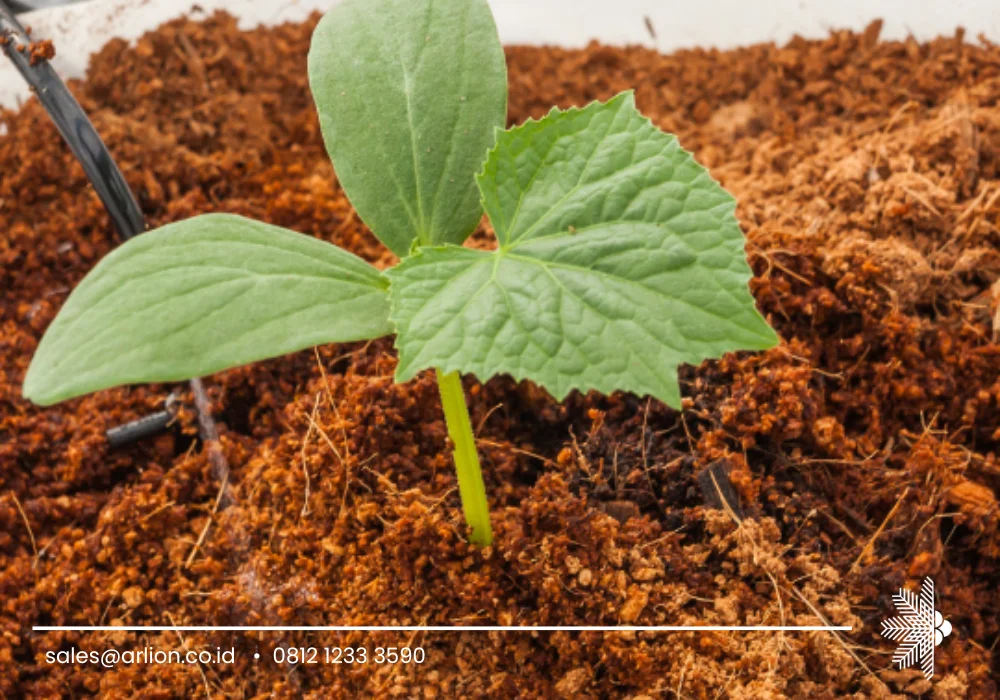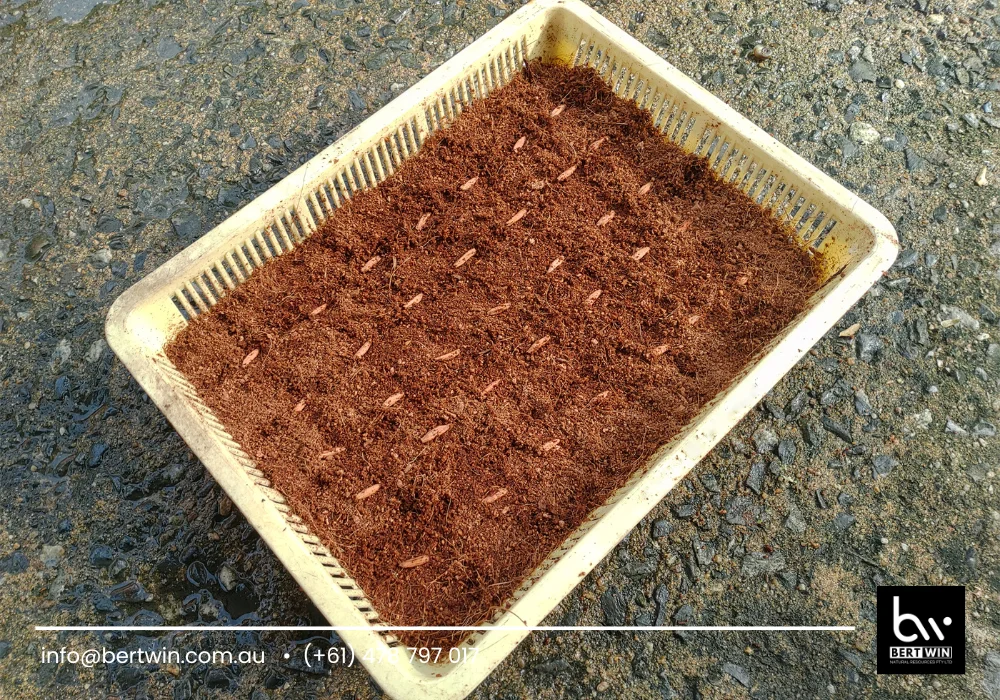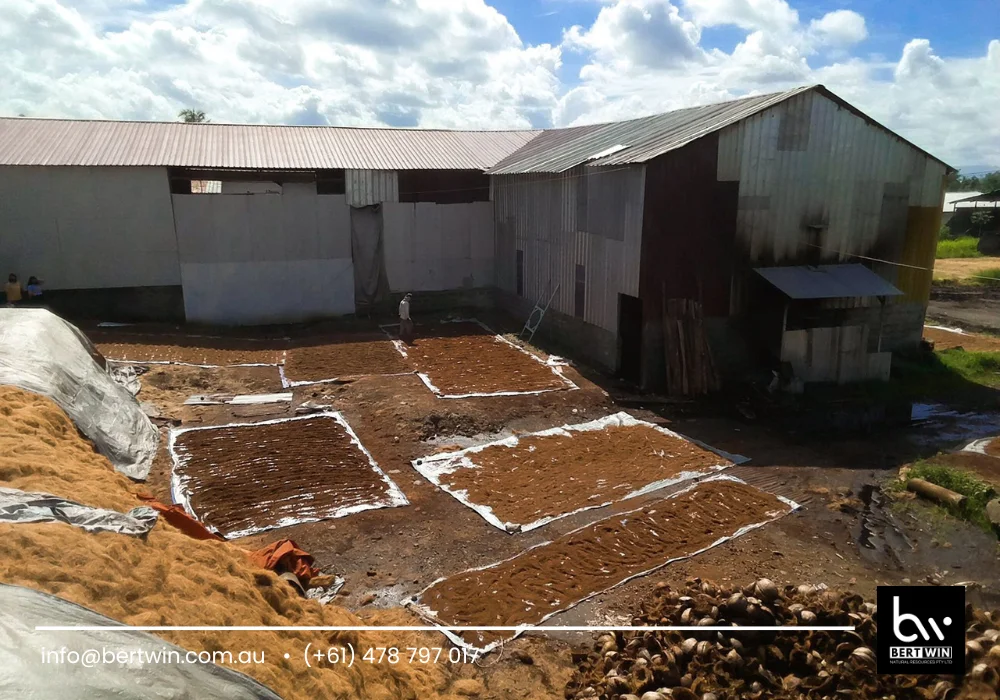The demand for coco coir Australia has surged in recent years as growers, landscapers, and gardeners seek sustainable, high-performance growing mediums to support their agricultural and horticultural needs. Derived from the outer husk of coconuts, coco coir is an eco-friendly alternative to traditional soil and peat-based substrates. Its natural properties, versatility, and environmental benefits make it a favorite choice for various applications across Australia. This article delves deep into what coco coir is, why it has become popular in Australia, how to use it effectively, and where to source quality coco coir products.

What is Coco Coir?
Coco coir is the fibrous material obtained from the outer shell of coconut husks. After harvesting coconuts, the husks are processed to extract these fibers, which are then cleaned, shredded, and compressed into various forms suitable for horticultural use. The two main forms commonly available are coco peat (also known as coir pith or coir dust) and coco chips.
Coco peat is the finer, spongy material that holds moisture exceptionally well, while coco chips are coarser and provide good aeration and drainage. Coco coir is often compressed into blocks or bricks for easier transport and storage; these expand significantly when hydrated.
Why is Coco Coir Popular in Australia?
Environmental Sustainability
Australia is known for its commitment to environmental protection and sustainable agricultural practices. Coco coir fits perfectly within this ethos as it is a renewable and biodegradable resource. Unlike peat moss, whose extraction is environmentally damaging and not sustainable, coco coir is a byproduct of the coconut industry—essentially a waste product repurposed into a valuable growing medium.
The use of coco coir helps reduce reliance on peat, thereby aiding in the conservation of peat bogs, which are important carbon sinks and biodiversity hotspots.
Superior Growing Characteristics
Coco coir’s physical properties make it an excellent growing medium. It has superior water retention capabilities, able to hold up to eight times its weight in water, which ensures plants have consistent moisture without becoming waterlogged.
It also provides excellent aeration to the roots, preventing root rot and promoting healthy root development—a balance that many other mediums struggle to achieve. Furthermore, coco coir is naturally resistant to fungal growth and pests, reducing the need for chemical treatments.
Versatility Across Applications

The wide range of properties that coco coir offers has led to its use in many areas across Australia, including:
- Hydroponics: Coco coir is widely used as a soil-less medium for growing vegetables, herbs, and flowers in hydroponic systems. Its water retention and aeration properties make it ideal for soilless cultivation.
- Seed Starting and Propagation: Its fine texture and moisture retention make coco coir perfect for seed germination and young plant propagation.
- Soil Amendment: Coco coir is often mixed with garden soil to improve structure, moisture retention, and nutrient availability.
- Landscaping: Gardeners use coco coir as mulch or to line hanging baskets and containers, providing moisture retention and a natural aesthetic.
- Commercial Agriculture: Large-scale growers use coco coir to improve yields and manage water efficiently.
How to Use Coco Coir Effectively
To maximize the benefits of coco coir Australia, users should consider a few important practices:
- Hydrate Properly: Coco peat blocks or bricks need to be soaked thoroughly in water before use. They expand several times their compressed size when hydrated.
- Monitor pH: While coco coir generally has a near-neutral pH (5.5 to 6.8), testing and adjusting pH levels ensures suitability for sensitive plants.
- Fertilization: Coco coir itself is low in nutrients. Supplementing with fertilizers or nutrient solutions is necessary, especially in hydroponics and container gardening.
- Reuse and Compost: After use, coco coir can be composted or reused with proper sterilization and nutrient replenishment, making it a sustainable option.
- Combine with Other Media: Mixing coco coir with perlite, vermiculite, or organic compost can improve drainage and nutrient content, tailored to specific plant needs.
Sourcing Quality Coco Coir in Australia
Most coco coir products in Australia are imported from countries like Indonesia, India, and Sri Lanka, which have extensive coconut farming industries. The key to success is sourcing from reputable suppliers who provide clean, well-processed, and contamination-free coco coir.
When purchasing, consider:
- Product Form: Decide whether you need bricks, loose peat, or mixed substrates based on your application.
- Quality Certifications: Look for certifications indicating organic processing, absence of salts, and sustainable sourcing.
- Supplier Support: Choose suppliers who offer technical advice and reliable delivery services.
Future Outlook for Coco Coir in Australia

As Australia continues to adopt sustainable farming and gardening practices, the demand for coco coir Australia is expected to rise. Innovations in processing and product diversification will enhance its usability, catering to new markets like urban agriculture, vertical farming, and eco-conscious landscaping.
Government incentives for renewable and organic farming may further boost coco coir adoption, positioning it as a mainstream growing medium alternative.
Conclusion: Coco Coir Australia as a Green Growing Medium Choice
In conclusion, coco coir Australia represents a sustainable, effective, and versatile growing medium aligned with modern agricultural and environmental goals. Its excellent water retention, aeration, and eco-friendly nature make it an ideal choice for gardeners and commercial growers alike.
For further information, you may contact WhatsApp at (+61) 478797017 or via email at info@bertwin.com.au.
